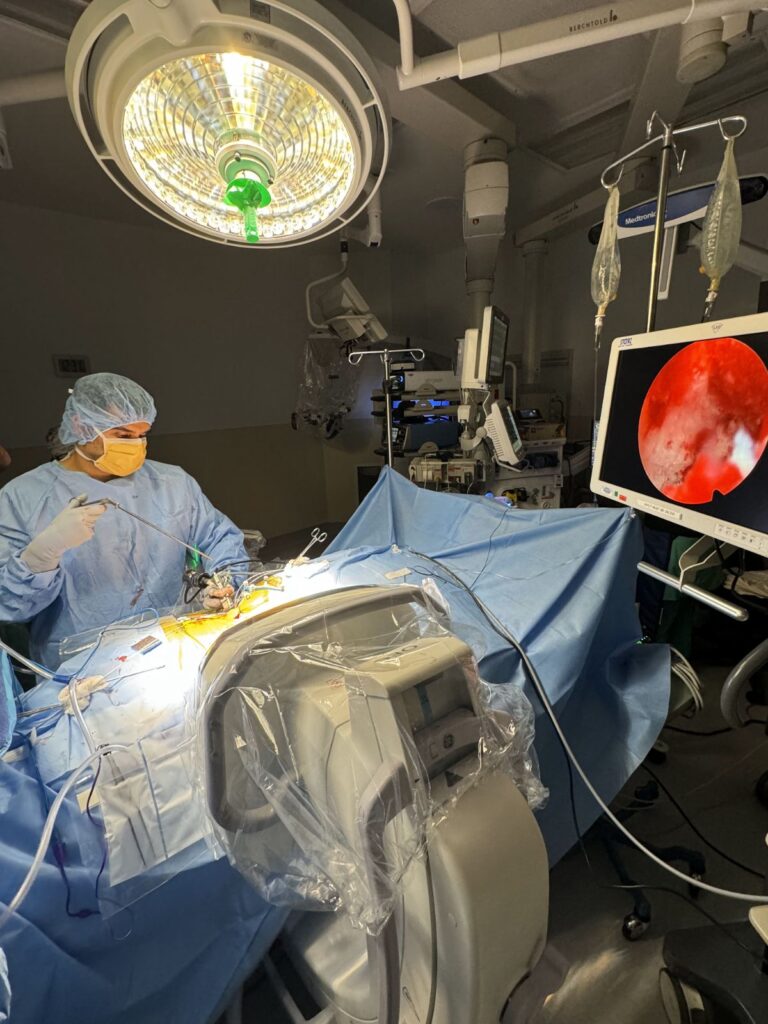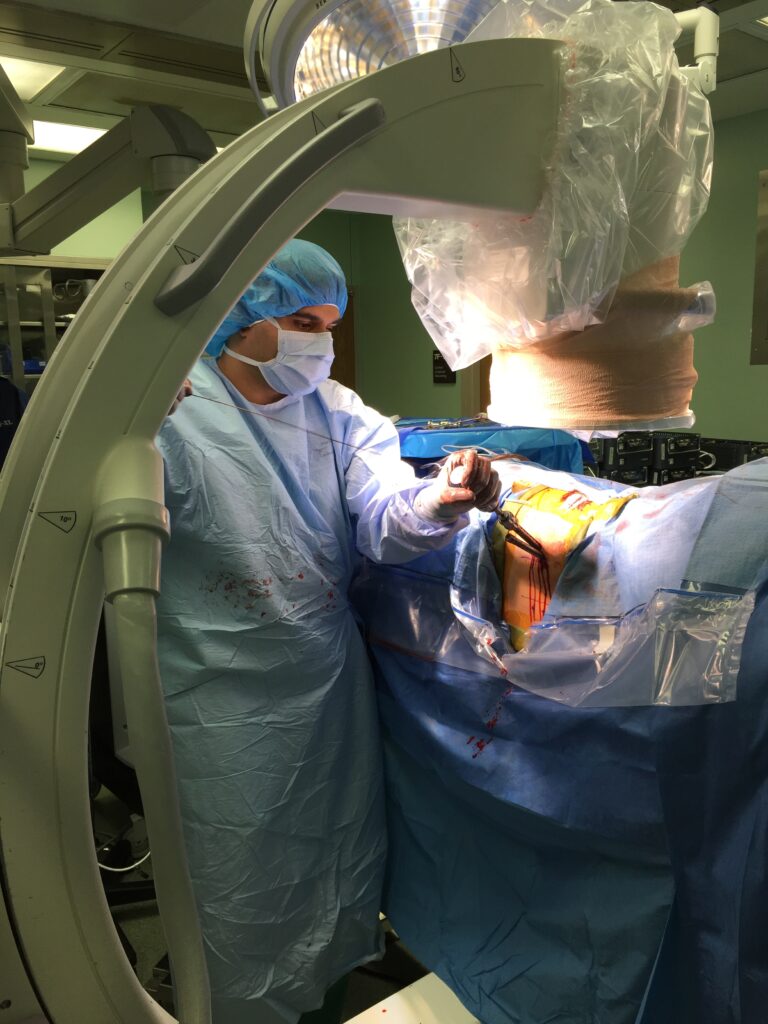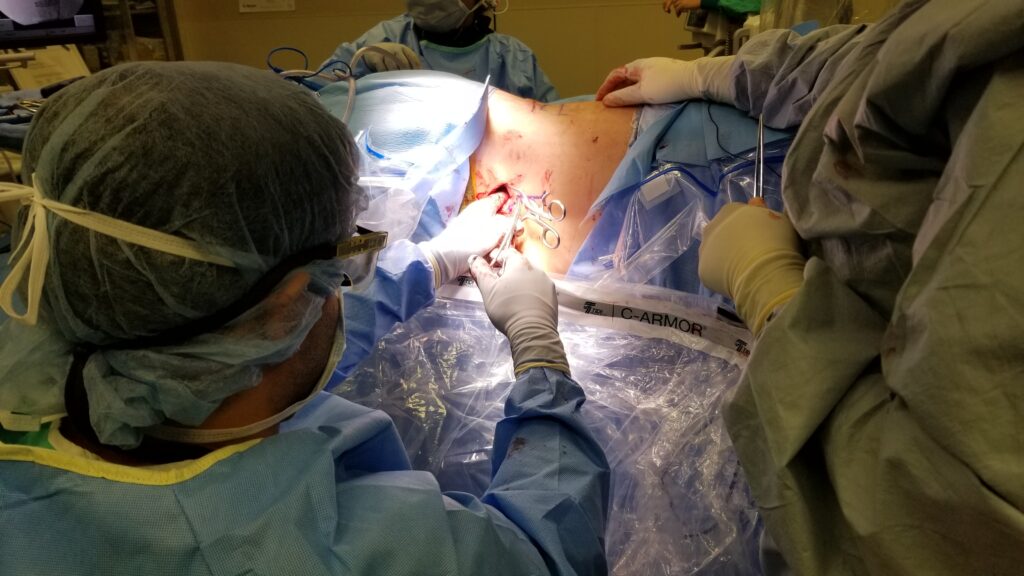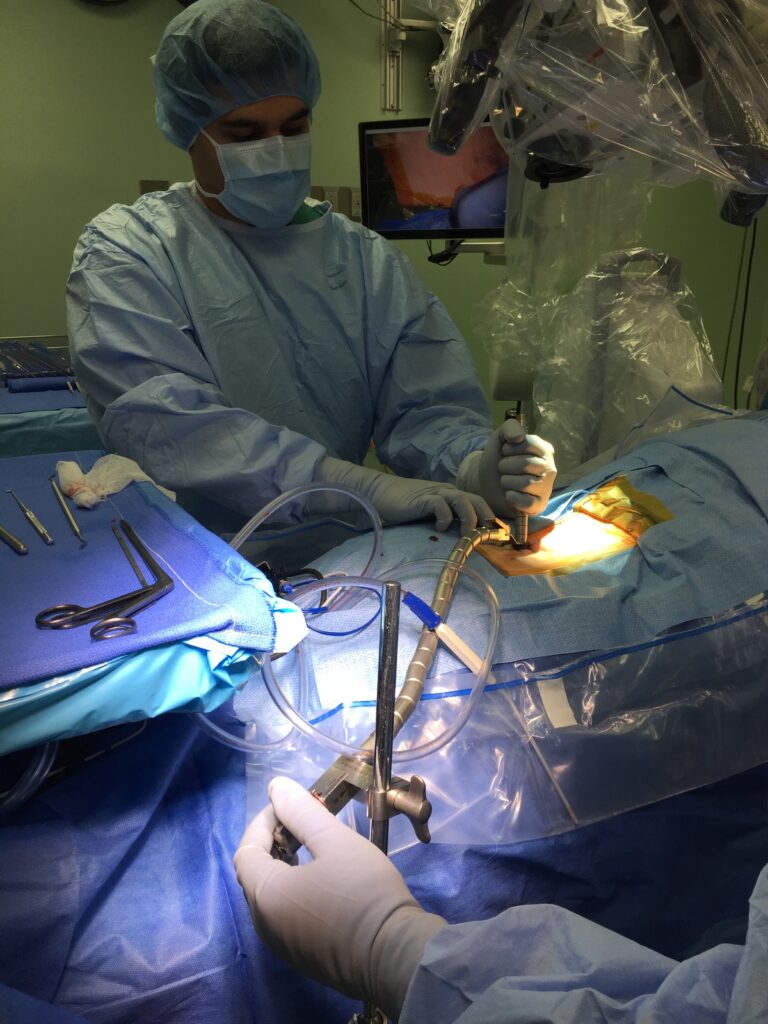How Neurosurgeons Can Restore Function and Relieve Pain
The nervous system is an intricate and vital part of the human body. It controls everything from movement to sensation to thinking. When something goes wrong within this delicate system, the consequences can be profound. Whether it’s a debilitating condition or an injury, neurological issues can result in chronic pain, loss of function, and diminished quality of life. That’s where neurosurgeons come in.
Neurosurgeons are highly trained medical professionals specializing in diagnosing, treating, and surgically managing disorders of the brain, spine, and nervous system. These conditions can range from traumatic injuries to congenital disorders to chronic diseases. In this blog post, we’ll explore how neurosurgeons work to restore function and relieve pain, helping patients regain their quality of life.
What Does a Neurosurgeon Do?
A neurosurgeon is a specialist who performs surgery on the brain, spine, and nerves. They are trained to treat a wide range of neurological conditions using both surgical and non-surgical approaches. Neurosurgeons also work alongside other medical professionals, such as neurologists, physical therapists, and pain management specialists, to provide comprehensive care.
The conditions that neurosurgeons treat can be quite varied, including:
- Spinal Disorders: Herniated discs, spinal stenosis, and degenerative disc disease
- Traumatic Injuries: Brain injuries, spinal cord injuries, and nerve damage
- Tumors: Brain or spinal tumors
- Infections: Abscesses or meningitis
- Vascular Disorders: Aneurysms, strokes, or arteriovenous malformations (AVMs)
- Chronic Pain Conditions: Conditions like trigeminal neuralgia and complex regional pain syndrome (CRPS)
How Neurosurgeons Relieve Pain and Restore Function
Neurosurgeons have a wide range of tools and techniques at their disposal to treat neurological conditions. Depending on the condition, they may recommend non-invasive treatments, minimally invasive surgery, or more complex surgical procedures. Here’s how they help:
1. Minimally Invasive Spine Surgery
For many spinal conditions, such as herniated discs or spinal stenosis, a neurosurgeon may recommend minimally invasive surgery. This technique involves smaller incisions, causing less trauma to the body and often resulting in a quicker recovery time.
How it Helps: Minimally invasive procedures can relieve pressure on the spinal cord and nerves, which can reduce pain and improve mobility. Patients often experience less pain post-surgery and a faster return to daily activities.
2. Spinal Fusion Surgery
In cases of severe spine instability, such as scoliosis or degenerative disc disease, a neurosurgeon may perform a spinal fusion. This procedure involves fusing two or more vertebrae together to stabilize the spine and prevent painful movements.
How it Helps: By stabilizing the spine, spinal fusion can help reduce pain caused by nerve compression and improve function by restoring the spine’s structural integrity.
3. Brain Tumor Removal
For patients with brain tumors, whether benign or malignant, neurosurgeons may perform a craniotomy—a procedure where a portion of the skull is removed to access and remove the tumor.
How it Helps: Removing brain tumors can alleviate symptoms such as headaches, seizures, and neurological deficits, and it can prevent the tumor from causing further damage to brain tissue. In many cases, successful surgery can restore function that was lost due to the tumor’s pressure on surrounding brain areas.
4. Spinal Cord Stimulation (SCS)
For patients dealing with chronic back or leg pain, especially after surgery, spinal cord stimulation may be an option. This treatment involves implanting a small device that sends electrical impulses to the spinal cord to block pain signals from reaching the brain.
How it Helps: Spinal cord stimulation can help manage chronic pain without the need for ongoing medication, improving quality of life for patients with nerve-related pain.
5. Carpal Tunnel Release Surgery
Carpal tunnel syndrome occurs when the median nerve is compressed at the wrist, often leading to numbness, tingling, and pain in the hand and fingers. Neurosurgeons can perform carpal tunnel release surgery to relieve this pressure.
How it Helps: The surgery provides immediate relief by decompressing the nerve, allowing patients to regain function and reduce pain in their hands and wrists.
6. Deep Brain Stimulation (DBS)
Deep brain stimulation is a procedure used for conditions such as Parkinson’s disease, essential tremor, and dystonia. It involves implanting a small device into the brain that sends electrical impulses to specific areas, helping to control abnormal brain activity.
How it Helps: DBS can reduce the symptoms of tremors, stiffness, and other motor problems, significantly improving patients’ ability to move and perform everyday tasks.
7. Nerve Decompression and Repair
Nerve compression, often caused by conditions like herniated discs or bone spurs, can lead to severe pain, weakness, or numbness. Neurosurgeons can perform decompression surgery to relieve pressure on the affected nerves, or in some cases, repair damaged nerves.
How it Helps: Nerve decompression can restore sensation and function in affected areas, reducing pain and improving mobility.
The Role of Neurosurgeons in Chronic Pain Management
Chronic pain can be one of the most debilitating effects of neurological conditions. In addition to surgery, neurosurgeons often work with patients to manage pain through a combination of treatments, including:
- Medications: Pain relievers, anti-inflammatories, and nerve blockers
- Physical Therapy: To restore strength, flexibility, and mobility
- Pain Management Techniques: Including spinal injections or nerve blocks
- Lifestyle Changes: Recommendations for posture, exercise, and ergonomics to reduce pain



